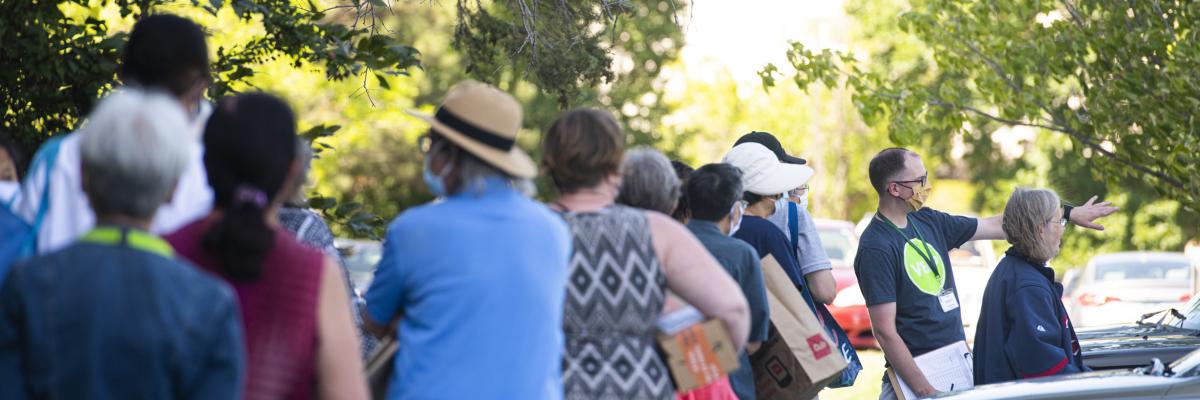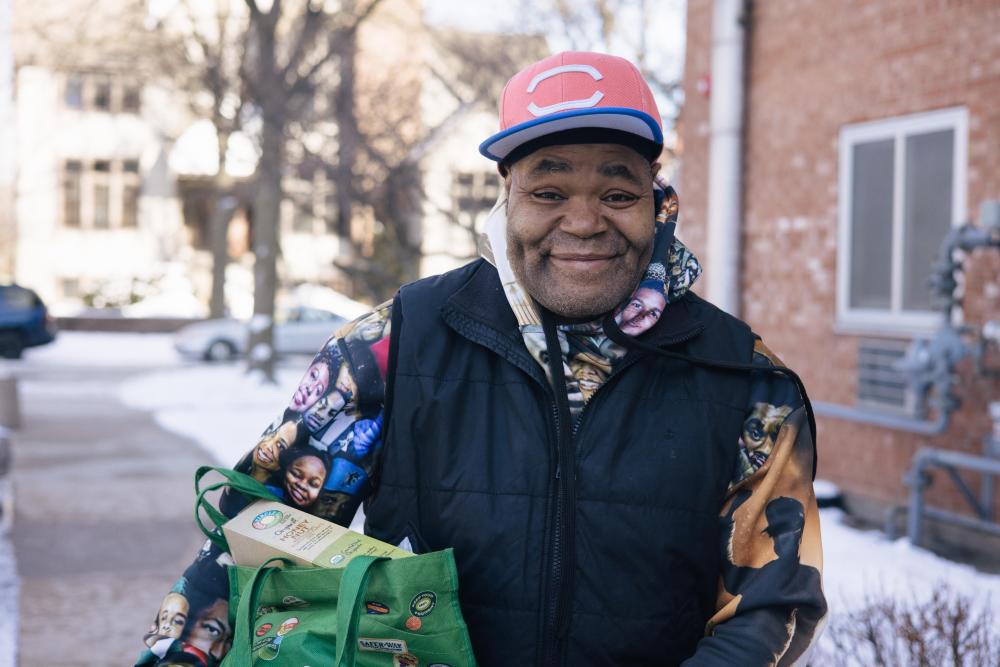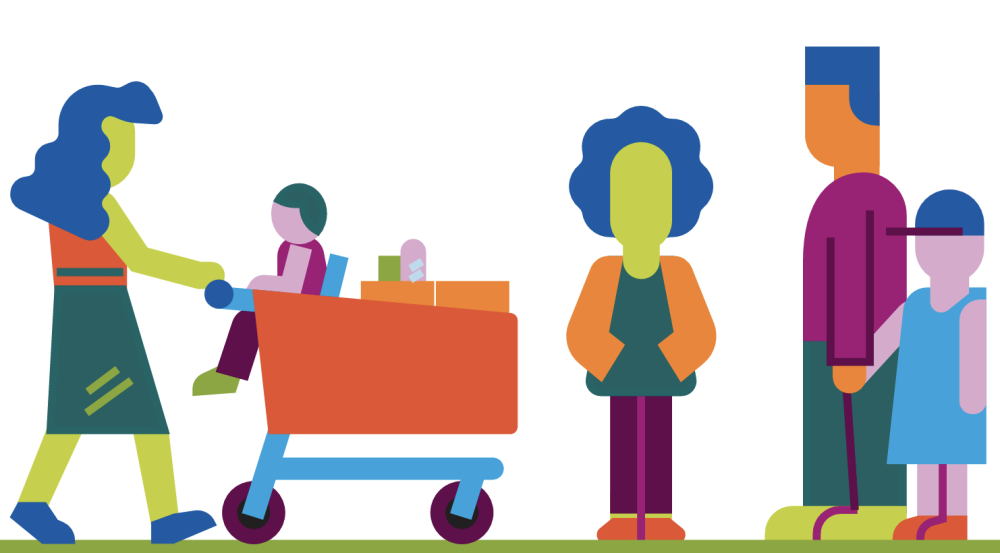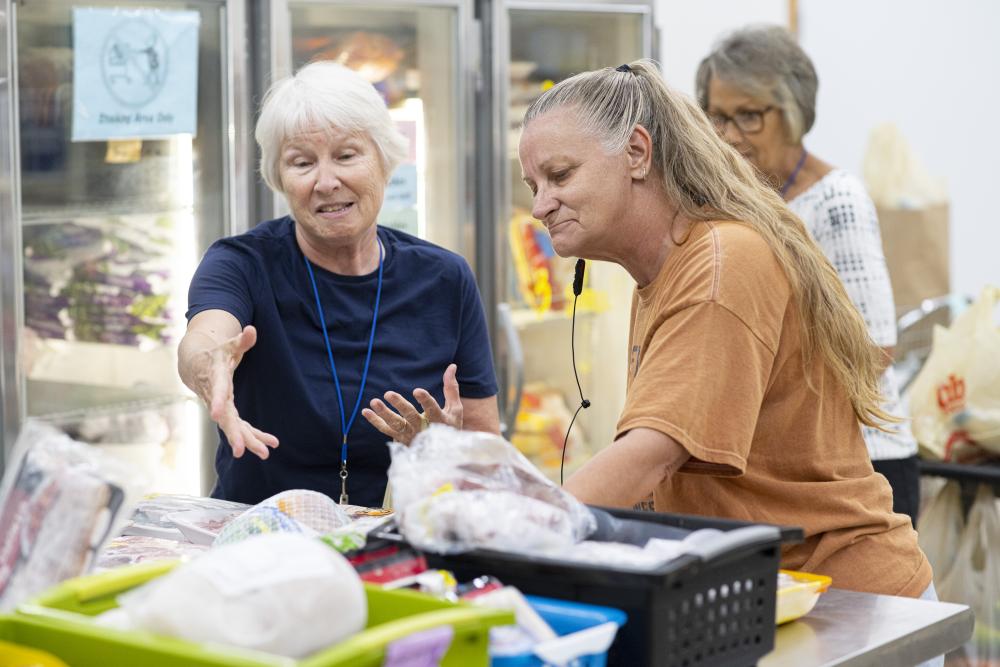
HUNGER FACTS
No one can reach their full potential when they’re hungry.
And hunger is more common than many think. In every community, in every classroom.
Who Is The Face of Hunger?
Too many of our neighbors are one flat tire or medical bill away from an empty fridge. Parents skip meals so their kids can eat; seniors choose medications over food. Others work full-time yet can’t stretch their paycheck to cover all their household expenses, or qualify for food assistance benefits. The face of hunger looks like all of us.
7.5 Million Food Shelf Visits
In Minnesota in 2023. That's 2 million more visits than in 2022.
1 IN 7 KIDS
Didn't have regular access to the nutrition needed to thrive.
29% of black households
In Minnesota experienced food insecurity compared to 7% of White households.
SENIORS
Are the fastest-growing group of food pantry visitors.
44 MILLION+ PEOPLE
Across the U.S. turned to the emergency food system in 2022.
ALL 50 STATES
Are home to people facing hunger.
What Is Food Insecurity?

What Causes Hunger?
There is no single root cause of hunger. For many, it’s ongoing and persistent. Their household incomes simply aren’t enough to cover the grocery bills and other expenses, especially with inflation and skyrocketing food prices.
For others, it’s a new experience, brought on by the pandemic, economic disruptions or an unexpected bill or emergency.
Whatever the reason, hunger remains a persistent (yet solvable) problem across the heartland. We believe there is more than enough food for everyone when we all come together.
47%
Nearly half of our neighbors in Minnesota and Wisconsin—47 percent—are relying on food assistance for the very first time.
40%
An estimated 40% of people experiencing hunger are not eligible for federal federal food assistance benefits, such as the Supplemental Nutrition Assistance Program (SNAP).
$22.12
Those facing hunger report needing an average of $22.12 more per week to meet their food needs.



